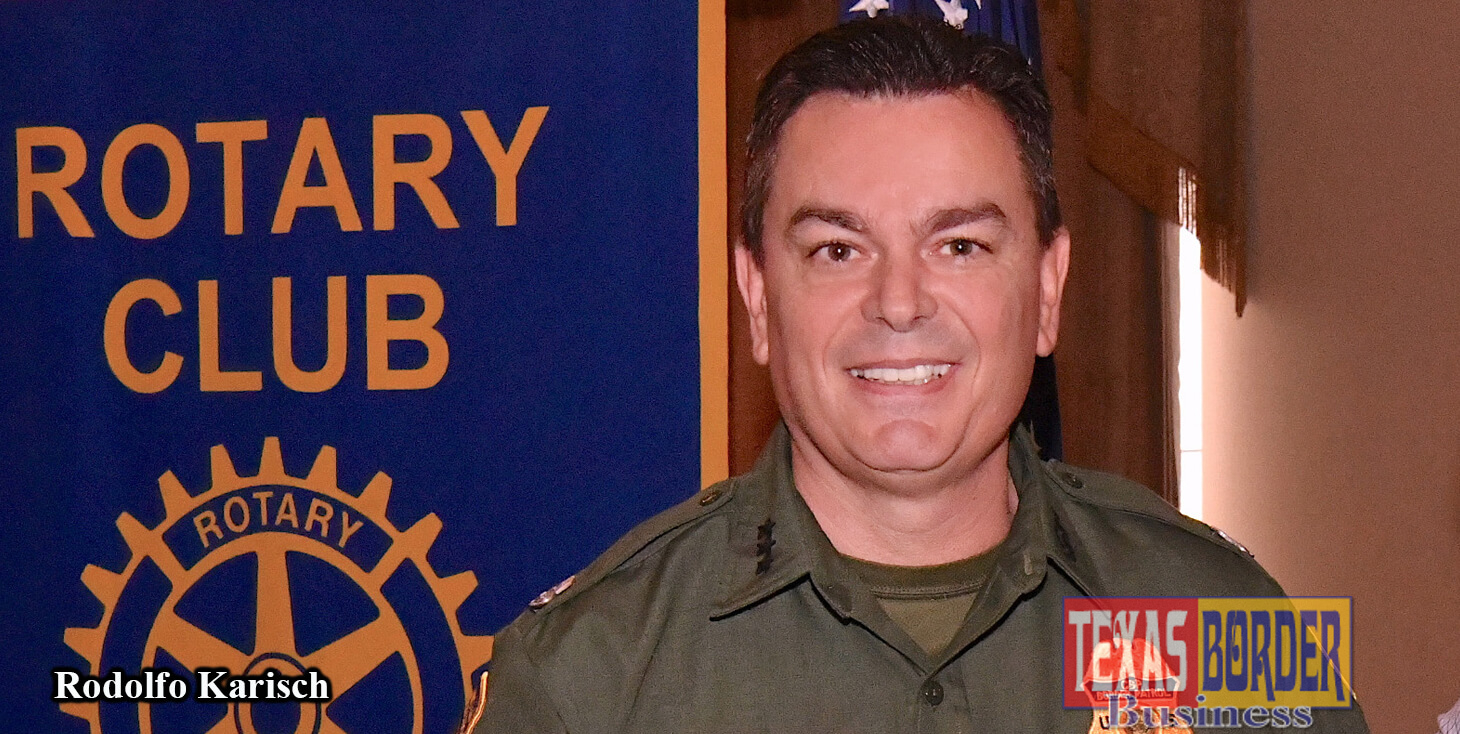Chief Karisch and his team face a monumental fight protecting the U.S. border
By Roberto Hugo Gonzalez
As originally published in Texas Border Business newsprint edition February 2019
On January 25, 2019, Texas Border Business was invited to the meeting of the Rotary Club-McAllen South held at the McAllen Country Club. It was unique because the U.S. Border Patrol had been asked to give an update on the situation at the border. It was a pleasant surprise to hear Rodolfo “Rudy” Karisch, the new U.S. Border Patrol RGV Sector Chief, who introduced himself to the large group of Rotarians at the meeting.
“This is my 4th day on the job, I just came from Tucson, Arizona where I was chief, but Texas is actually home. I spent 17 years in El Paso, and also an additional 5 years in Del Rio. So, I’m very familiar with the Southwest border,” stated Chief Karisch.
Participation by the border patrol with community leaders is essential, but it is not new. The last time this reporter interviewed a border patrol sector chief was over thirty years ago.
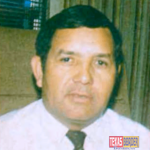
In April of 1987, I had the opportunity to meet with Silvestre Reyes. He served as the Chief for the McAllen and El Paso sectors of the Border Patrol from 1984 to 1995. Back then, as it is today, the border patrol interacted with members of the community. Reyes had an ongoing campaign to educate the public about the Immigration Reform and Control Act of 1986 which was about to take effect.
The agency, at that time, was waiting for pamphlets and literature on the subject. The material, said Reyes, was overdue from Washington D.C. However, that does not mean that the
The border patrol is doing the same community education programs today, as it faces the dangerous and challenging situation unfolding at the border.
The situation happening at the U.S./Mexico border is a combination of the illegal crossing of drugs, human trafficking, and dealing with an *exodus of biblical proportions from several Central American countries. No less significant is the number of individuals coming from other parts of the world.
After listening to the Border Patrol’s presentation, it was obvious that they face a monumental challenge, but they are not complaining. However, when they disclosed the budget used to operate the border sector, it is clear they are at a great disadvantage to fight this fight. Nevertheless, the battle continues.
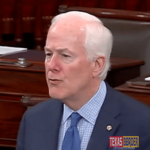
Texas Border Business contacted the office of U.S. Senator John Cornyn, to ask how this sector can fight this fight with only $17 million plus operational budget. “We need to look at border security as a combination of things. We need physical infrastructure; yes, that includes barriers, walls, fences, and vehicle barriers in appropriate locations. It also includes technology, radar, ground sensors, drones, and aerostats. This is a layered approach that provides flexibility for the experts on the ground to determine what is best for each sector, what is best for each part of our immense border, and how to implement the changes necessary to achieve the desired results,” stated Sen. Cornyn.
Chief Karisch said that Border Patrol has over60,000 employees in total, with a budget of $12 billion, adding that the illegal drug trade operates with an approximate budget of$70 to $86 billion. “So, they can buy the best equipment; and they have got the engineers.” He said, “Where I was working out in Arizona, the tunnels that I saw constructed underneath had ventilation, rail systems, and they had lighting. Then, they are smart because they will just execute all the people who dug the hole. So, after that, nobody can tell anyone where these things go.”
In addition, he said, “We’re facing a very serious adversary. Sometimes we don’t give them credit for how much counter-surveillance they do, the different methods that they actually think about on how to defeat us, and what type of masking to put on certain drugs so they can avoid detection with K-9 or other technology.”
He also said that it is essential to have so many different agencies focused on this. “But the key to this has got to be education. We can’t interdict or seize our way out of this problem.”
Border Patrol agent Raul Ortiz said, “But you’ve got to remember, we’ve been under continuing resolution or CR for almost the last three years. And every time we are under the CR, we’re only operating at 75% of the budget. So, we have to tighten our belt quite a bit throughout the year,” he said.
On border security, Chief Karisch said, that he thinks we need to have a candid conversation on the wall, fence, or whatever people want to call it. He also thinks that it is required in certain areas in the Valley and even throughout the country. “Where I came from in Tucson, we had 71 miles. And where we constructed it, it has worked, so I mean, it’s essential. But that’s only a piece, the wall is only a tool. You need people to make the interdiction, you also need the technology.”
Chief Karisch recognizes that it is a suite of things needed to make their jobs more effective, but as he said, his priorities are border security and public safety.
“That is both for the people in this country and also for the individuals that are crossing into the United States.” He emphasized, “No person should lose their life simply because they choose to enter the country illegally. But at the end of the day what you also have to remember is you have very unscrupulous people that are taking these individuals out in the desert areas, putting them in the trunks of vehicles, and putting them in the back of semi-tractor trailers. They are endangering people. That’s part of the public safety message that I think we need to convey.”
He also said that there is a need to engage with communities and with partners. “There is no one agency on the Southwest border that has all the resources to tackle this issue. It’s daunting, that’s why we have to partner.”
The importance of keeping the community and partners informed precisely how
Chief Karisch believes there is a need to do more with Mexico. “If we’re not helping Mexico succeed, then we are all going to fail. Because at the end of the day they want the same things, safety and being able to take your family out to a park without worrying about getting shot or injured. We’ve got to work together with them. I have done it in different parts of the country, so I’ll be looking at doing that here as well.”
Concerning the drug problem, most everyone knows that the majority of it comes thru Mexico. But the other reality is that the U.S. population consumes and pays for illegal and dangerous drugs. The continued flow of drugs through our borders demonstrates that their appetite to use drugs also grows.
Chief Karisch said, “If it weren’t for the drug problem that we’ve got in this country right now, we wouldn’t have the cartels, we wouldn’t have some of the problems. That’s the reality. We’ve got to do something on the education front.”
He informed everyone that he is a big advocate when it comes to encouraging the schools, the parents, and medical professionals to come together to make sure that the kids are not getting engaged. “Especially with some of the hard drugs that are killing people, not only in the border area but in Cincinnati, Ohio, and in Atlanta, Georgia.”
Valley leaders welcoming Chief Rodolfo Karisch
For this report, we reached out to former McAllen Mayor and newly elected Hidalgo County Judge Richard Cortez for his reaction.
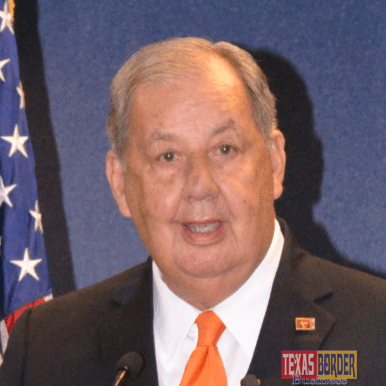
“On behalf of all the people in Hidalgo County, Texas we welcome Rodolfo Karisch, the new Border PatrolChief, to our county. We look forward to working together to improve the quality of life for our citizens.”

Mission Mayor Armando O’caña said, “
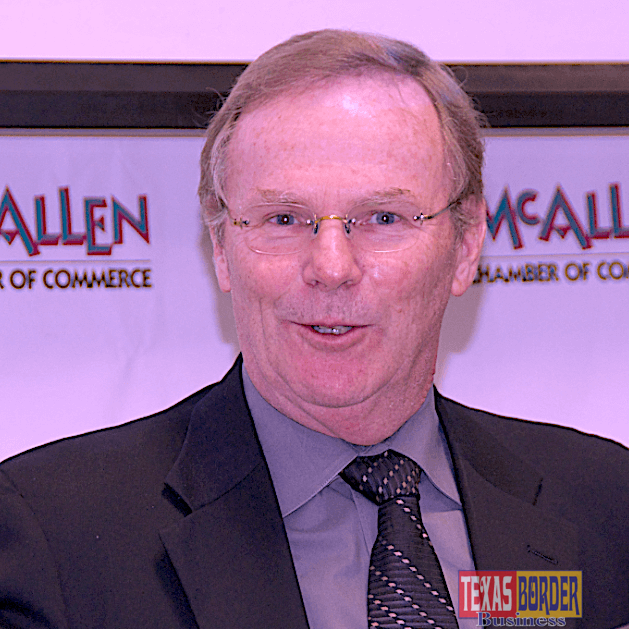
McAllen Mayor Jim Darling said, “We have had a long line of very good Border Patrol Chiefs with a great understanding of the mission and the needs of our area. We welcome the new Chief and look forward to working with him.”
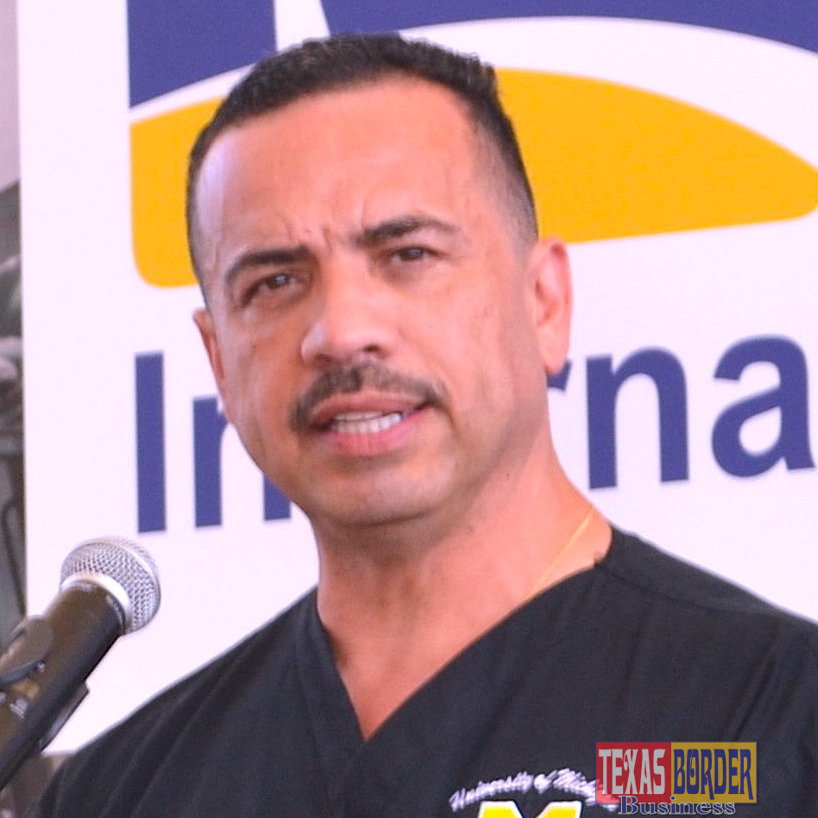
Dr. Ambrosio Hernandez, Mayor of the City of Pharr said, “On behalf of the City of Pharr, we welcome Chief Rodolfo Karisch to the Rio Grande Valley!”
“The Border Patrol Rio Grande Valley sector plays a vital role in keeping our border communities safe, and also contributes significantly to strengthening partnerships between our community and federal, state, and local law enforcement agencies on all levels, such as we have in the City of Pharr. We look forward to working cohesively with Chief Karisch and his team, and to continue our partnerships and commitment to keep our border communities safe.”
Chief Karisch will encounter these types of responses from South Texas leaders, who are ready to work and protect the region. Local leaders agree that education is a vital part of the solution.
The chief even went further and brought to the attention of club members, the epidemic that fentanyl and opium are causing in this country. “This is not an enforcement-only issue, we’ve all got to come together to try to educate and to solve it.”
He said that the criminal organizations south of the border operate in human smuggling, but right now it’s the drug trade that’s really tearing Mexico apart.
The number of fatalities that Mexico has had since 2006 is about 80,000 or more. He mentioned, “They’re still finding grave sites on the south side.”
Chief Karisch spoke about the influx of the Central Americans, primarily from Honduras, El Salvador, and Guatemala, which continues to unfold as you read this report, but they are also keeping an eye on Venezuela. On this regard, President Donald Trump has given the U.S. support to opposition leader Juan Guaidó, the interim president of Venezuela.
“At the end of the day, we want the RGV to be successful. In my four days here in this area, I have met some fantastic people. We need to continue to showcase that because we are going to present the facts of what’s going down here on the border. Not to have rhetoric, but to stay out of that political arena, that’s what I’ve told my people,” he finalized. TBB
Written by Roberto Hugo Gonzalez, a 2009 SBA Journalist of the Year Award winner and a 2009 and 2012 Paul Harris Fellow Award recipient.
Read here a complete report on Total Family Unit Apprehensions by month from 2013-2017. Source United States Border Patrol.
*When the Israelites left Egypt in the exodus, there were “about six hundred thousand men on foot, besides women and children” (Exodus 12:37). The “men on foot” number of 600,000 would have only included able-bodied, military-age men. The people of Israel had been living in Egypt for 430 years (Exodus 12:40). After a lengthy dispute with Pharaoh, during which God brought many plagues on the land of Egypt, Moses led the Israelites away from that land. Scholars believe that the total number of Israelites who left Egypt during the exodus, women and children and old men included, was around 2.4 million people. If we include Egyptians who chose to join the Israelites, the number would be even greater: “Many other people went up with them, and also large droves of livestock, both flocks,





